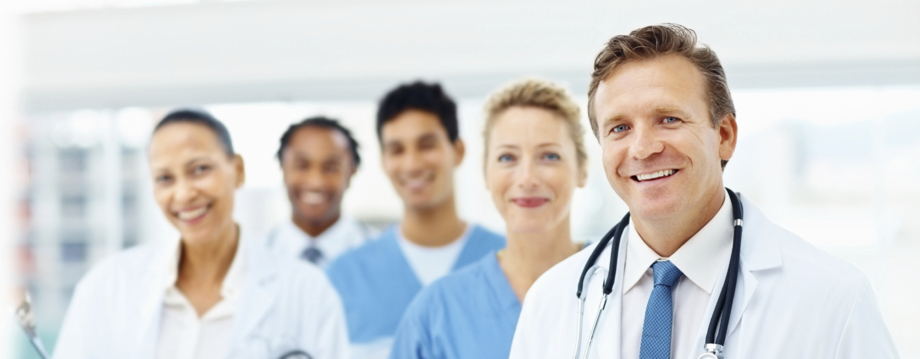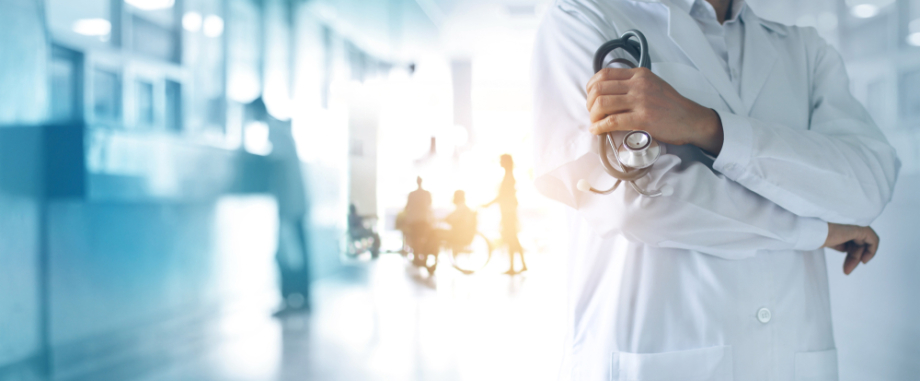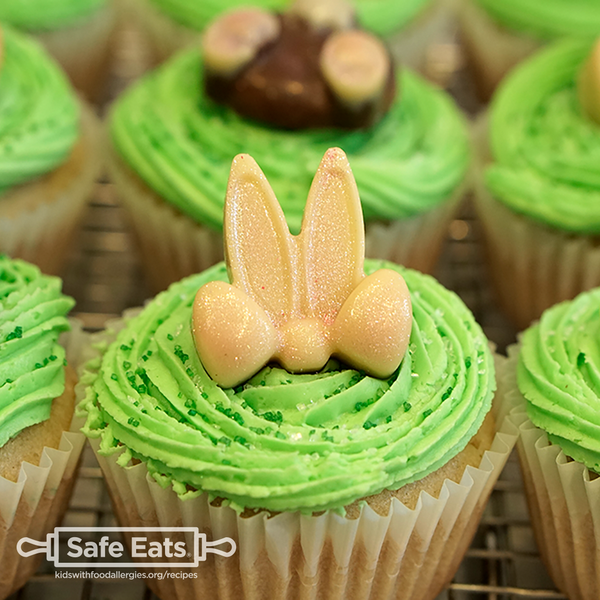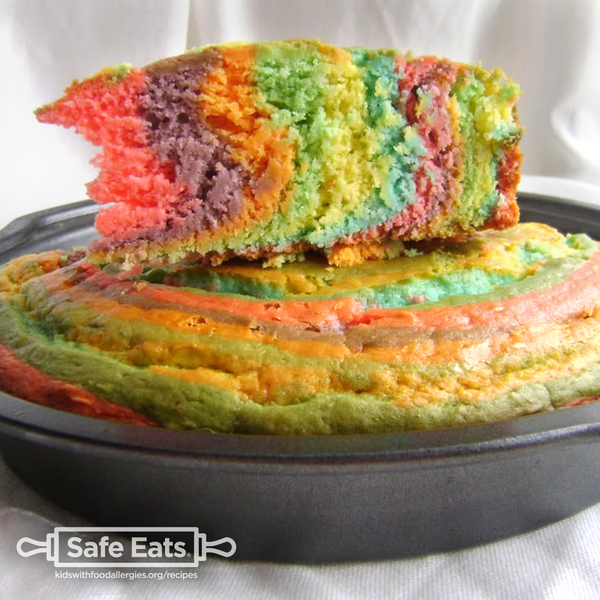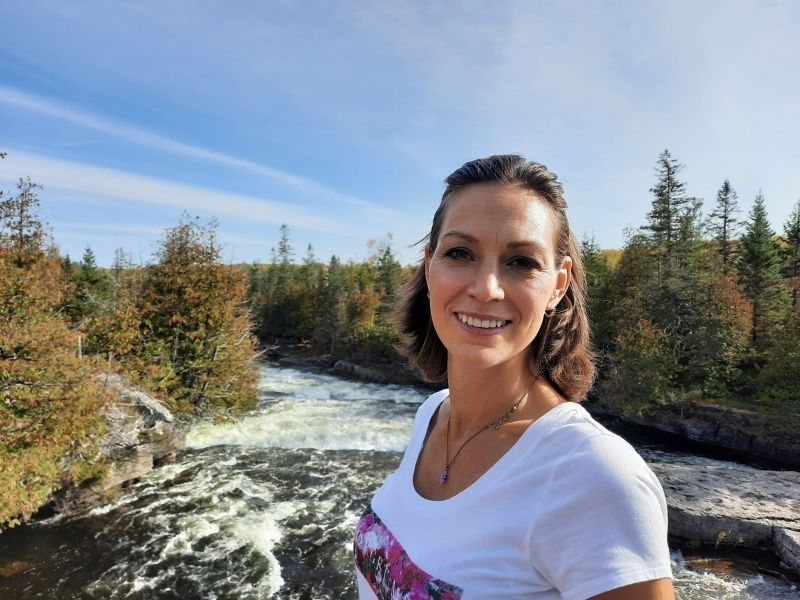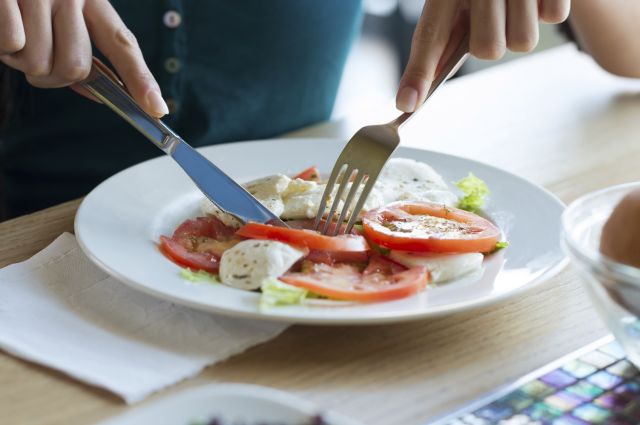Since lockdown ended and we can all start to go out to restaurants to eat again it became evident that choices for free from foods had drastically reduced. But why is that?
Why have our allergen free choices reduced?
It’s understandable why when you start to think about it.
- Shortages of ingredients due to the current war
- Increased costs due to Brexit
- Less availability of free from items for lots of reason, business go out of business, reduce their product lines, produce less stock
- Smaller staff teams as businesses are cutting costs
- Stricter processes due to allergen regulations
- People are scared about allergen law suits and mistakes so avoid the issue instead
- Restrictions brought in during covid for safety remain and make things harder and more complex
- Companies are quite rightly scaling back to recoup costs after a tough few years
- Smaller menus are easier to work with
There are probably more reasons too, and I guess we need to be patient, be visible, keep asking for safe options and places that can help will start to reincorporate safe choices for those with a limited diet, for whatever reason.
For now we need to be aware that are limited choices have reduced menus as companies seem reluctant to prioritise allergic diners in favour or recouping losses made. But the allergic diner could be an income stream, a firm fan and regular customer! By ignoring this market you could be missing out!
Choices have reduced for allergic diners
I don’t know about any of you, but from my own small adventures eating out again after lockdown, I’ve noticed a marked reduction in choice and confidence in allergen free options. A few things I’ve observed:
- Less or no free from options
- More focus on vegan and gluten free meals (not suitable for dairy, egg or fish allergic people as laws for vegan food do not require totally free from food, just the intention to do the best they can)
- Fewer options created that are easily free from
- Smaller menus, meaning less choice
- Poor processes meaning staff can’t check even if they want to
- More ‘may contain’ blanket statements that aren’t welcoming to allergic diners e.g. “Our kitchen contains allergens and we cannot guarantee your safety.” Guys, we know this. We know it is on our shoulders to take a risk, but this goes two ways. This kind of statement makes us feel like you won’t take any care at all and that if anything goes wrong you will wipe your hands and say it wasn’t your fault. This kind of statement breeds contempt and a less caring and careful attitude in staff too. Be intentional, be respectful and help us!
Statements like this make us feel a little safer…
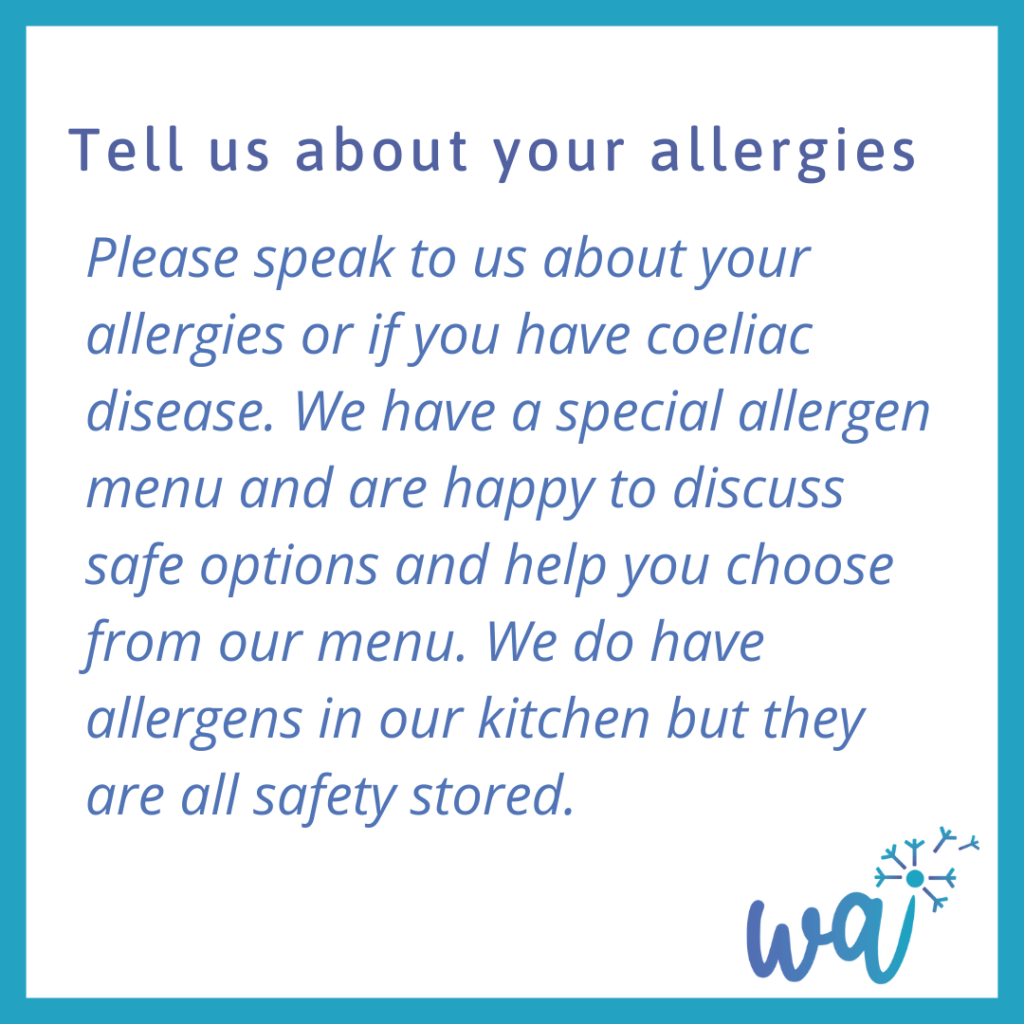
An example of a poor eating out experience
I recently visited Bill’s in Bracknell with friends one Friday evening. I’ve had good experiences at Bill’s and we chose it because of that. I checked the website and looked at the allergen menu and contacted them before going and was assured they would be able to cater for me. However on the night, there was only one thing suitable, the steak – always the MOST expensive option on the menu. There was NO safe carb option as the chips were not safe due to potential cross contamination. They did not have any other safe potato sides and the rice contained grains. That’s pretty poor. I did manage to get some broccoli to go with it… but as you’ll see it’s a paltry portion of broc. I’d have been a bit disappointed if I’d paid a the side of greens at £3.75! Thankfully they didn’t charge me extra.
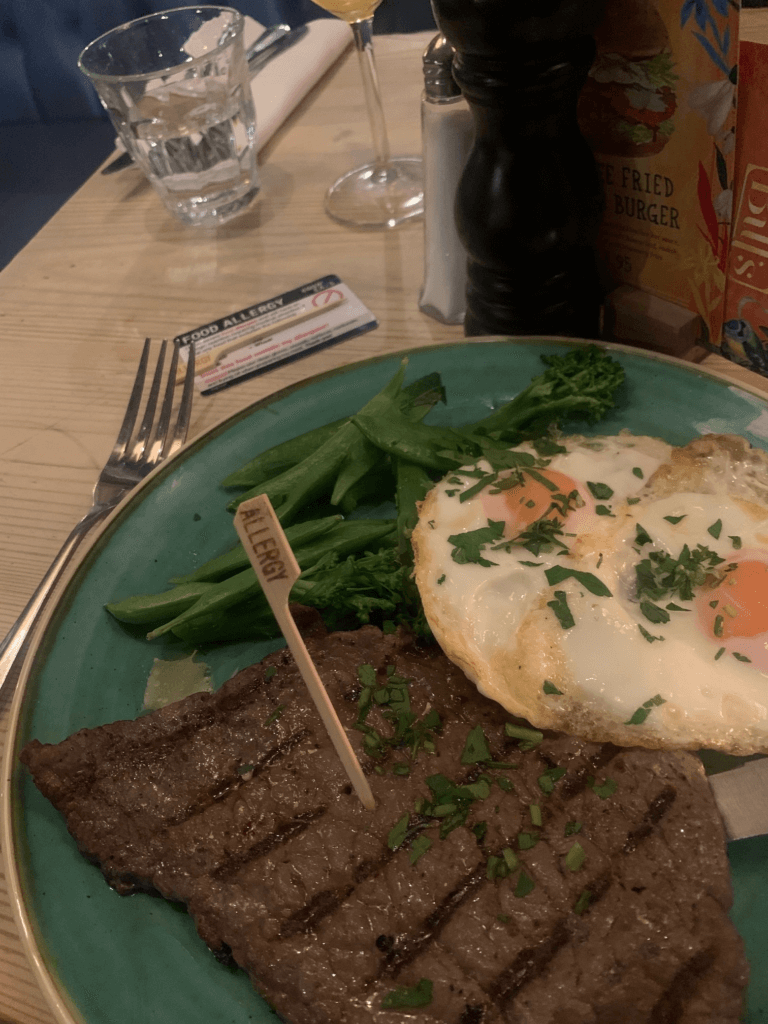
The only other thing on the menu suitable was a black coffee! There was a Coconut chai latte that sounded lovely, but it had really poor labelling on it and no ingredients listed on the packaging so staff couldn’t advise me whether it was safe. I accept that with allergies to dairy, wheat, soya and all nuts, this is maybe difficult for a restaurant, but I’ve definitely had more choice at Bill’s before lockdown.
Not all Bill’s restaurants are the same
Visiting another Bill’s, in St Alban’s for breakfast just weeks before I had a totally different experience. I was able to enjoy a pretty good breakfast with bacon, eggs, gluten free sausages and sour dough toast.
So what’s going on Bill’s? Where is the lovely green thai curry you used to do? Why so few choices for those with food sensitives?
It looks like Bill’s, instead of having an allergen menu, have chosen to offer vegan options, which do not have to be free from allergens such as fish, milk, egg etc. Great for vegans but possibly not safe for people with allergies. Read, “Is vegan food safe for people with food allergies”.
I do however like the little allergy flags they put on the allergen free meals, a nice touch and lets me know I have the right meal.
What can restaurants do to include those with allergies?
So what can we do to feel safe and included when eating out? And what can restaurants and cafes do to address this issue?
There are loads of things that can be done and lots of companies offering advice and consultancy. If you can’t afford to get professional advice, there are still simple ideas.
- Offer things like jacket potatoes and simple rice for those with allergies
- Keep labels for bought in products and make sure you know what’s in the products you serve.
- Start making a note of all the allergen bookings you get. What is in demand in your area? What are people asking for? Can you cater for them?
- Have dressing on the side so salads are accessible to all
- Have an allergen menu available, not just verbal information.
- Ask everyone if they have allergies when you take the food order, that way you normalise it help to remove the stigma that we are being awkward.
- Have an inclusive allergen statement, not an unwelcoming one that is basically covering your arse and implying we are taking all the risks and you’ll take no responsibility at all. We hate seeing statements that say, “We cannot guarantee an allergen free meal as our kitchen has allergens.”
There are so many things restaurants can do. If you would like advice speak to Hazel Gowland, Jacqui McPeak and Caroline Benjamin, who provide advice, guidance and training in food allergen processes.
There are always safe places to eat out with allergies
It’s not all doom and gloom though, there are still loads of places that will be able to cater for allergic diners and I’ve had some amazing meals out recently. But for every great experience there have been times when it’s been really hard to find anything safe to eat and others where it’s been difficult for staff to help due to poor labelling and processes.
Here are a few of the good places that I’d recommend:
- Locanda Locatelli restaurant review
- No 1 Aldwych – 10/10 for allergen save dining
- The English Indian (mobile fish and chip van)
- Pizza Express
- Loads of local cafes including Muddy Boots at Rowans and The Potting Shed near Jersey Farm in St Albans, interestingly both at garden centres!
There are probably many more and I’ll be exploring more eating out places over the coming months so watch this space! For more ideas visit Allergy Companions, the Trip Advisor for people with allergies
Free from choice at supermarkets has also become limited
Anyone else noticed their favourite free from snacks and go to staples are hard to find or just disappeared from supermarkets? I’m having to source things direct from the manufacturers because the free from choices in supermarkets near me have seriously reduced. I think this goes for all products, including the main stream not allergen free foods, but it hits the allergy consumer harder. We already pay more for our safe products, because it costs more to produce freefrom foods. We understand the extra costs but buying direct adds on postage and makes it harder to plan.
It’s important to support the independent brands we love by buying from Holland & Barrett, other health food shops and also direct from them; if you have the storage, buy in bulk to avoid postage, or share with an allergic friend. I wonder how many of our favourite brands will struggle to compete in a market which is pushing them to the side-lines.
It’s all about gluten free and vegan choice
Have you noticed that there is LOADS of choice for gluten free (with may contain warnings) and vegan diners (also with may contain warnings).
I understand why restaurants are choosing to follow these markets, arguably they are larger and in the case of vegans, they are not in danger of anaphylaxis or illness if they eat any animal products.
Whereas those with life threatening allergies could end up in hospital and coeliacs are made very unwell, vegans just won’t know if a meal is cross contaminated or even contains an allergen. Is it a bid to avoid potential law suits for allergen process negligence? I do get it, but it’s frustrating as it feels like we are being discriminated against and excluded from many places.
I also wonder how many of those with coeliac disease are finding they get ‘glutened’ more often, a phrase used for when they eat gluten by mistake and suffer the consequences. This is also very worrying as many coeliacs do not have any outward symptoms despite damage being done inside their small intestine. If undetected and prolonged this can lead to serious complications and permanent damage.
What has your allergen eating out experience been like?
I’d love to hear from you all. How has your experience changed since Covid? Is it easier? harder? The same as before? And I’d love to hear from any restaurants owners of chefs who have any ideas of how to make eating safe and inclusive for allergic diners.

